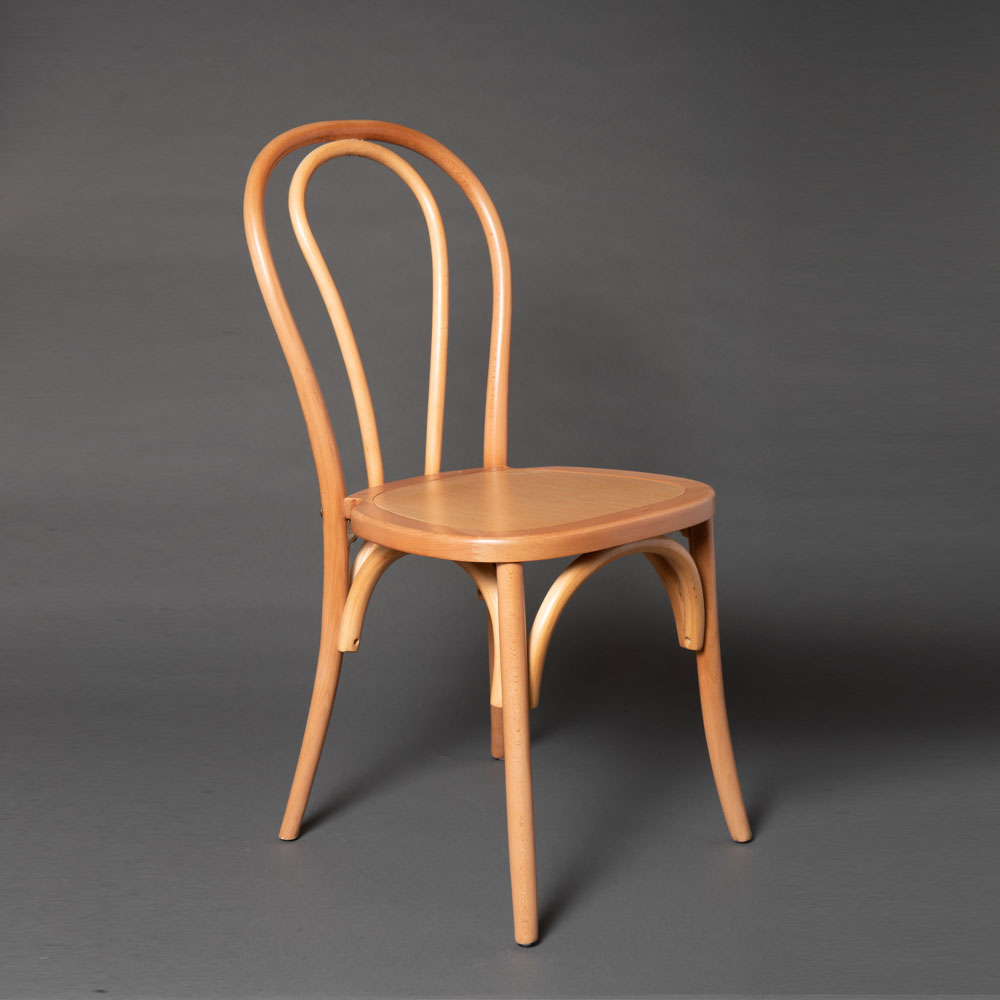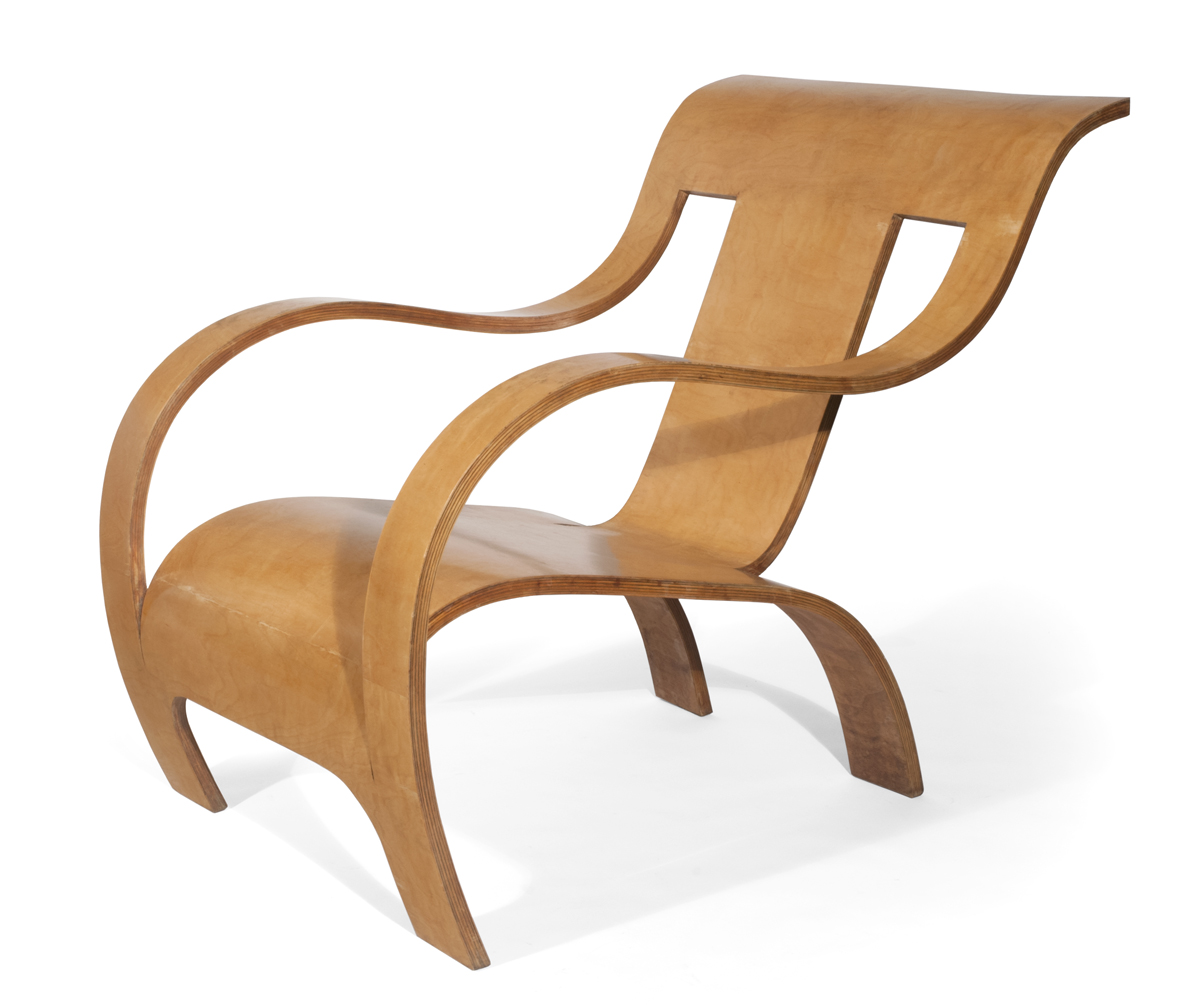Bent Wood Dining Chair History and Evolution

The bentwood chair, a testament to ingenuity and craftsmanship, has graced dining rooms and public spaces for centuries. Its unique design, characterized by its graceful curves and sturdy construction, has made it a timeless classic. This article explores the fascinating history of the bentwood chair, tracing its evolution from its humble origins to its modern-day iterations.
Origins and Early Development
The origins of bentwood furniture can be traced back to ancient times, where techniques for bending wood were used in various cultures. However, the modern bentwood chair as we know it emerged in the 19th century, thanks to advancements in woodworking technology and the rise of industrialization. The development of steam-bending techniques allowed for the creation of intricate curves and shapes, which were previously impossible to achieve with traditional methods.
Iconic Bentwood Chairs of the 20th Century
The 20th century witnessed a surge in the popularity of bentwood chairs, with iconic designs that continue to inspire furniture makers today. Some notable examples include:
- The Thonet Chair (No. 14): Designed by Michael Thonet in the mid-19th century, this chair is arguably the most famous bentwood chair of all time. Its simple yet elegant design, featuring a woven cane seat and back, made it affordable and accessible to a wide audience. The Thonet Chair became a symbol of modern design and was widely used in cafes, restaurants, and homes across Europe and America.
- The Cesca Chair: Designed by Marcel Breuer in 1928, the Cesca Chair is another iconic bentwood chair that exemplifies the Bauhaus style. It features a cantilevered steel frame and a woven cane seat, creating a sleek and minimalist design.
- The Wishbone Chair: Designed by Hans J. Wegner in 1949, the Wishbone Chair is a classic example of Scandinavian design. Its elegant Y-shaped backrest and curved seat provide both comfort and style.
Technological Advancements and Production
The production of bentwood chairs has been significantly influenced by technological advancements over the years. Early bentwood chairs were handcrafted using steam-bending techniques, which were labor-intensive and time-consuming. However, the development of automated machinery in the 20th century allowed for mass production of bentwood chairs, making them more affordable and accessible to a wider market.
Evolution of Design and Materials
Bentwood chairs have evolved significantly in terms of design and materials throughout the years. While early bentwood chairs were primarily made of beechwood and featured simple, functional designs, modern bentwood chairs are often crafted from a variety of hardwoods and feature more intricate and contemporary designs. The use of innovative materials, such as laminates and composites, has also expanded the possibilities for bentwood chair design.
Design and Construction of Bent Wood Dining Chairs

Bentwood chairs, renowned for their graceful curves and elegant silhouettes, are a testament to the ingenuity of woodworking craftsmanship. The process of bending wood to create these chairs involves a unique combination of materials, techniques, and design principles that have evolved over centuries.
Bending Wood for Chair Construction
The process of bending wood for chair construction is a meticulous art form. It involves carefully selecting wood species, preparing the wood for bending, and applying heat and pressure to shape it.
- Wood Selection: The choice of wood species is crucial for successful bending. Woods with a high degree of flexibility and resilience, such as beech, ash, and cherry, are preferred. These woods possess a natural ability to bend without breaking or cracking.
- Wood Preparation: Before bending, the wood is carefully prepared to ensure it can withstand the stresses of the process. This involves steaming the wood to soften its fibers, making it more pliable and easier to shape.
- Bending Techniques: Various bending techniques are employed, depending on the desired shape and the specific wood species. Traditional methods involve using molds or forms to shape the wood, while modern techniques may utilize specialized bending machines.
Key Design Elements Contributing to Strength and Durability
The strength and durability of bentwood chairs are attributed to a combination of design elements that work together to create a robust and resilient structure.
- Laminated Construction: Many bentwood chairs feature laminated construction, where thin layers of wood are glued together to form a stronger and more stable structure. This technique helps to distribute the weight evenly and prevents the wood from cracking or warping.
- Curved Frames: The curved frames of bentwood chairs are designed to create a strong and supportive structure. The curves distribute the weight evenly and allow the chair to flex slightly under pressure, providing a comfortable and resilient seating experience.
- Interlocking Joints: Bentwood chairs often feature interlocking joints, which create a strong and secure connection between the different parts of the chair. These joints help to distribute the weight evenly and prevent the chair from coming apart.
Comparing and Contrasting Different Types of Bentwood Chairs, Bent wood dining chair
Bentwood chairs come in a variety of styles, each with its own unique construction and design features.
- Thonet Chairs: Thonet chairs, made famous by the Austrian furniture maker Michael Thonet, are characterized by their lightweight, elegant design and use of steam-bent beechwood. They feature simple, curved frames and often have woven cane seats.
- Vienna Chairs: Vienna chairs, similar to Thonet chairs, are also known for their elegant design and use of steam-bent beechwood. However, they often feature a more elaborate design with intricate carvings and decorative elements.
- Art Nouveau Chairs: Art Nouveau bentwood chairs, designed in the late 19th and early 20th centuries, feature flowing lines and organic forms inspired by nature. They often incorporate intricate details and decorative elements that reflect the aesthetic principles of the Art Nouveau movement.
Bentwood Chair Styles, Characteristics, and Designers
| Style | Distinctive Characteristics | Renowned Designers |
|---|---|---|
| Thonet Chair | Lightweight, elegant design, steam-bent beechwood, simple curved frames, woven cane seats. | Michael Thonet |
| Vienna Chair | Elegant design, steam-bent beechwood, intricate carvings and decorative elements. | Jacob & Josef Kohn, Adolf Loos |
| Art Nouveau Chair | Flowing lines, organic forms, intricate details, decorative elements inspired by nature. | Émile Gallé, Louis Comfort Tiffany, Charles Rennie Mackintosh |
The Appeal and Functionality of Bent Wood Dining Chairs

Bent wood dining chairs possess a timeless allure, captivating both the eye and the senses. Their graceful curves and natural materials exude a sense of elegance and sophistication, seamlessly blending with diverse interior design styles. These chairs offer a harmonious balance of aesthetic appeal and ergonomic comfort, making them a popular choice for both residential and commercial spaces.
The Aesthetic Appeal of Bent Wood Chairs
The aesthetic appeal of bentwood chairs stems from their unique combination of natural beauty and elegant design. The chairs’ organic forms, crafted from meticulously bent wood, create a sense of fluidity and grace. The smooth, flowing lines and gentle curves of the chair evoke a sense of warmth and comfort, seamlessly integrating with various dining room styles.
“The beauty of a bentwood chair lies in its simplicity, its natural materials, and its elegant form. It is a chair that speaks to the soul, inviting you to relax and enjoy the moment.”
The Ergonomic Benefits of Bent Wood Chairs
Bentwood chairs are renowned for their ergonomic design, providing optimal comfort and support. The chair’s curved backrest and seat conform to the natural contours of the body, promoting good posture and reducing strain on the spine. The chair’s flexibility allows it to adapt to the user’s weight and movement, providing a personalized seating experience.
“The ergonomic design of bentwood chairs ensures comfort and support, making them ideal for extended dining sessions.”
How Bent Wood Chairs Complement Different Dining Room Styles
Bentwood chairs possess a versatility that allows them to seamlessly complement a wide range of dining room styles. Their classic design can enhance the elegance of a traditional dining room, while their minimalist aesthetic can complement a modern or contemporary space.
- Traditional: Bentwood chairs with intricate carvings or detailed upholstery can enhance the classic charm of a traditional dining room.
- Modern: Sleek, minimalist bentwood chairs with a polished finish can create a contemporary and sophisticated dining space.
- Rustic: Natural wood finishes and simple designs can complement the rustic charm of a farmhouse or country-style dining room.
- Industrial: Bentwood chairs with metal accents can add a touch of industrial chic to a modern dining space.
Examples of Bent Wood Chairs in Modern Dining Spaces and Restaurants
Bentwood chairs have become a staple in modern dining spaces, from trendy restaurants to stylish homes. Their timeless elegance and functional design make them a popular choice for creating a welcoming and inviting atmosphere.
- Restaurants: Bentwood chairs are often used in restaurants with a focus on contemporary design, adding a touch of sophistication and elegance to the dining experience.
- Homes: Bentwood chairs are a versatile choice for both formal and informal dining spaces, adding a touch of classic charm to any room.
A bent wood dining chair, with its graceful curves and simple design, invites us to pause and appreciate the beauty of everyday objects. Just as a black leather easy chair offers a haven of comfort and warmth, so too does the bent wood chair provide a space for connection and shared meals.
Each piece, crafted with care, reminds us to find joy in the simple things and to cultivate gratitude for the beauty that surrounds us.
A bent wood dining chair, with its graceful curves and timeless design, speaks of a craftsmanship that honors the natural beauty of wood. This same appreciation for simple, functional design is evident in the ikea black wooden high chair , which provides a sturdy and comfortable seating option for young ones.
Just as a bent wood chair invites us to savor a meal and conversation, a high chair creates a space for shared moments, fostering connection and growth within a family.
